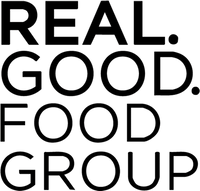Perfect Gluten-Free Bread Every Time
Bread is one of the most challenging foods to master when it comes to gluten-free baking. Without gluten, traditional bread recipes can result in dense, crumbly loaves that lack the texture and flavor of the classic varieties. However, with the right ingredients and a little practice, you can create the perfect loaf every time.
Here’s a detailed guide to making gluten-free bread that’s soft, airy, and full of flavor:
-
Choosing the Right Gluten-Free Flour: Unlike wheat flour, gluten-free flour doesn’t provide the structure that traditional bread dough requires. In this section, we’ll discuss the best gluten-free flour blends for bread making, from rice flour to almond flour, and how to combine them for the best results.
-
The Role of Yeast in Gluten-Free Bread: Yeast is a key ingredient for bread that rises and has that light, airy texture. However, working with yeast in gluten-free bread can be tricky. Learn how to properly activate your yeast and what temperature to use to ensure it works effectively in gluten-free dough.
-
Binders and Additives: Since gluten is responsible for the elasticity of traditional bread, we need to use binders to achieve a similar texture. In this section, we’ll explore the best options for binders like xanthan gum and psyllium husk, and why you need them for the perfect loaf.
-
Kneading and Proofing: Traditional bread dough benefits from kneading, but gluten-free dough behaves differently. Learn how to handle your dough with care, and understand the proofing process that’s essential for creating that perfect texture.
-
Baking Your Loaf: Baking gluten-free bread can be a bit of an art. We’ll provide tips on how to bake your bread for the perfect golden-brown crust, and how to avoid common mistakes like a soggy middle or over-baked edges.
By the end of this post, you’ll have all the tools you need to make the perfect gluten-free loaf, whether it’s for sandwiches, toast, or just a warm, fresh slice. You’ll never have to settle for store-bought gluten-free bread again.




